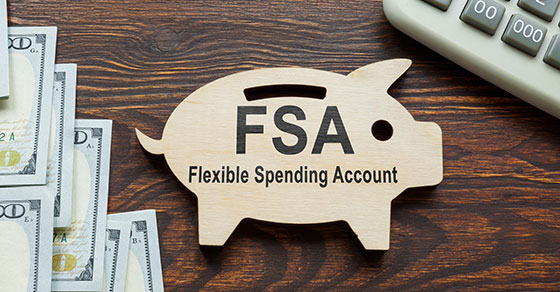To remain financially afloat and retain staffers, many not-for-profit organizations took advantage of government loan programs in 2020 and 2021. But nonprofits shouldn’t think about borrowing only as an emergency solution. If, for example, your nonprofit is in good shape and wants to make a major capital purchase or launch a new program, you may want to consider borrowing.
Position for success
Before you start talking to lenders, you need several items in place. Ensure you have a realistic repayment plan, current financial statements, collateral to secure the loan and a proven history of prudent financial management. Also, your board’s complete support is critical.
If you’ve already established a relationship (such as having a business checking account) with the lender, the odds of qualifying for a loan are better. Your reason for applying for a loan also plays a big part in the lender’s decision. Seeking money to make a major purchase or to stabilize cash flow with a line of credit is more likely to be successful than applying for a loan to start a new program.
Note that even if you succeed in getting a loan, lender covenants may prevent you from borrowing for other purposes until your existing debt is paid off. This can limit strategic flexibility.
Alternative arrangements
Some banks are willing to make term loans or lines of credit available to nonprofits, but your organization may not want, or be able, to pay the interest rates attached to them. Fortunately, there are other options, including community foundations. Local foundations or funds, such as the Chicago Community Trust, Arizona Community Foundation and Cleveland Foundation often provide loans to qualified nonprofits. Short-term loans may also be available from the Nonprofits Assistance Fund. Generally, these organizations charge low interest rates — and, in some cases, no interest at all.
Another potential loan source is your board of directors. There are no legal obstacles to borrowing from a board member, but these loans merit caution. To avoid IRS scrutiny, the board member must charge interest at or below market rate, the entire board (absent the lender) must vote to approve the loan, and you must report the loan on your Form 990.
And some larger nonprofits issue government bonds. Because these bonds’ income isn’t subject to federal income tax, your nonprofit may be able to borrow at a lower-than-market interest rate. However, fees associated with structuring and issuing the bond could offset interest-rate advantages.
Good rationale
Although interest rates currently are low, they’re expected to rise in coming months. So if you’re thinking of applying for a loan from a traditional source, consider acting soon. Contact us to discuss your borrowing plans.
DISCLAIMER:
This material has been prepared for informational purposes only, and is not intended to provide, and should not be relied on for, accounting, legal or tax advice. The services of an appropriate professional should be sought regarding your individual situation.




